In Defense of: Saab
If one word describes Saab’s recent past, it’s underinvestment. Back when the Swedish brand was self-sustaining, they operated their R&D department on a sko sträng. Despite the limitations, Saab created distinctively styled, innovatively engineered automobiles. Then, in 1990, GM bought half of Saab. Ten years later they bought the rest. Since that time, Saab has faced the same financial limitations as before, but without the managerial freedom to overcome them. Late in 2007, it looks like Saab is finally getting the money– and respect– they need.
This nascent renaissance began last year, when GM began spruiking a newfound commitment to Saab. That’s when Saab unveiled the stunning Aero-X concept car. Launched at the Geneva Auto Show, equipped (at least theoretically) with a 2.8-liter BioPower V6 twin-turbo engine, the 400hp prototype gave Saab the kind of techno and style cred it hasn’t enjoyed since flowers had power. Suddenly, no one was talking about rebadged Opels, not even Saab.
"This concept shows the exciting possibilities that are open to us as we evolve a more progressive design language for the Saab brand," said Jan Åke Jonsson, Saab's Managing Director. "Our designers, engineers and marketers in Sweden are ideally placed to nurture and communicate the unique DNA of the Saab brand.”
That newfound commitment has finally begun to take shape in the 2008 model year, with the refreshed Saab 9-3. The improved model is more physically aggressive, but it’s not just another facelift. It’s much quieter, more surefooted and incorporates a couple of genuine mechanical innovations: the twin-turbo diesel engine (TTiD) and Haldex’s all-new Cross-Wheel Drive system (XWD).
XWD is a box fresh all-wheel-drive (AWD) system; Saab is the first company to use it. (Remember when Saab was all about innovation?) Like most modern AWD systems, XWD can split power between the front and rear wheels, as one or the other loses traction. But it’s also capable of splitting power to the rear wheels from side to side, via a new electronic limited slip differential. The end result: Saab’s own testers put an XWD-equipped model through slalom tests quicker, and with greater control, than several premium German and Japanese AWD competitors-– including the Porsche 911 Turbo.
The brilliant new TTiD engine is an oil-burner that delivers a heretofore unseen combination of performance, economy and smoothness. It’s a 180-horse, in-line common rail diesel, with direct and multiple injection, turbocharged and intercooled. While US consumers won’t get a shot at purchasing this engine– GM reckons it can’t be made compliant with U.S. emissions regulations and remain competitively priced– European customers will.
In the medium term, Saab is busy creating an expanded range to boost sales to finally rid the brand of all that annual red ink. To that end, Saab’s crafting an all-new 9-3, an all-new and bigger 9-5 flagship, a midsize 9-4x SUV (a ground-up replacement for the TWAT-winning 9-7x), and a new smaller Saab (called 9-1, for now). All these models are set to hit the streets by 2011.
Saab’s value to GM isn’t just about what it can contribute to the bottom line through additional sales. Saab also brings to GM’s table a varied and valuable technological contribution; one which The General can use to benefit cars right across its brand portfolio, right across the world.
Recently, Saab has begun to expand their areas of technological expertise. With an outlook toward cellulosic ethanol, Saab have been given the lead role in developing GM’s future E85 capability. GM’s previous E85 efforts have been an exercise in CAFE dodging, resulting in low-mileage utes that rarely use the fuel. Saab’s E85 technology uses turbocharging to take advantage of ethanol’s high octane rating. The end result? Around 20 percent more power and torque when running on E85.
Saab served as a “test bed” for XWD technology– debuting in the 2008 Saab 9-3– and will handle the roll out for this technology to all of GM’s FWD-based offerings. And, lest we forget, Saab has been offering turbocharged cars for 30 years. They’re already GM’s leader on the technology, which is key to helping the General create desirable products in these CO2-conscious times.
Saab didn’t build its heritage and cult following based on doing things differently for the sake of difference. They have a noble history and loyal customers because their innovations made sense. Make no mistake: that same spirit of innovation is still alive at Saab– even if it’s somewhat muffled by being part of GM’s bigger picture. Saab are still GM’s only global premium brand, and it looks like they’re finally starting to make the contribution that a premium player needs to make.
All that said, it remains to be seen if the “new” Saab is GM’s latest flavor-of the-month– or a company finally ready to capitalize on GM’s patronage.
[Steven Wade publishes www.trollhattansaab.net ]
More by Steven Wade
Latest Car Reviews
Read moreLatest Product Reviews
Read moreRecent Comments
- SCE to AUX "...to help bolster job growth and the local economy"An easy win for the politicians - the details won't matter.
- Kjhkjlhkjhkljh kljhjkhjklhkjh so now we will PAY them your tax money to build crappy cars in the states ..
- SCE to AUX Yes, I'll miss it, and it doesn't make sense to kill off your 3rd-best seller. 2023 was its best year since 2018.
- SCE to AUX This was the same car I had (05 xB, stick, "camouflage" color) for 7 years - great car.We called ours "The Lunchbox". I added aftermarket wheels, and the 3rd-party cruise control the dealers could install.It suffered only two failures: bad window switch in week 2 (dealer fixed in 1 hour), bad trailing O2 sensor (fixed myself for $70). Fuel economy was always 28-34 mpg.It was a potential death trap, and ride quality became unbearable after 2 hours. I once did a 10-hour round trip in it and could barely walk after.Traded it for a 2012 Leaf, which was a better car in some ways.
- Bd2 The "e" nomenclature signifies the e-ATPs which BMW is pursuing.



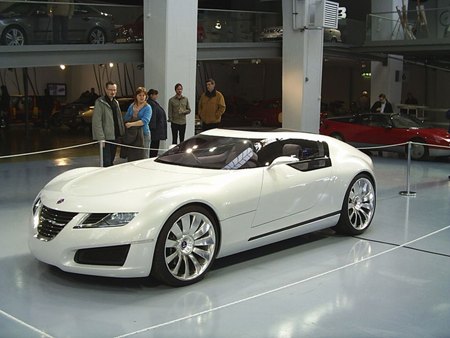













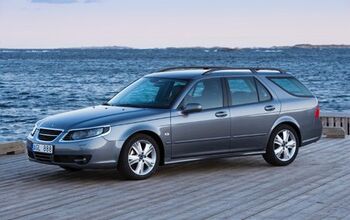
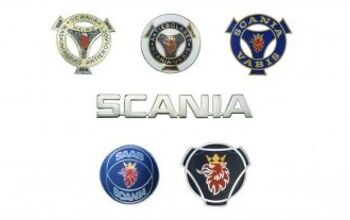
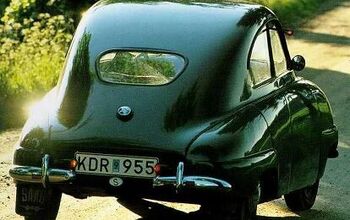

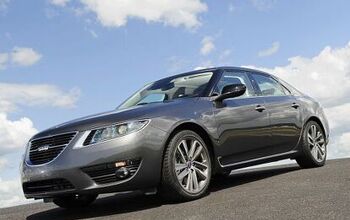
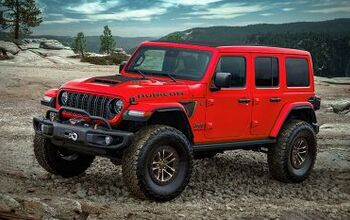
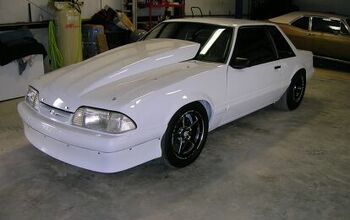


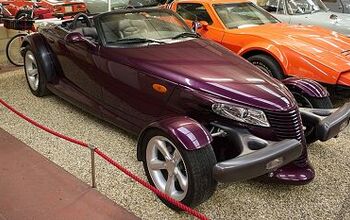
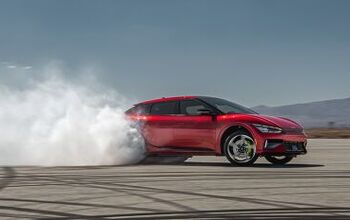

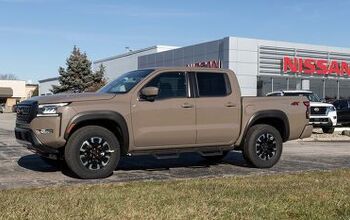
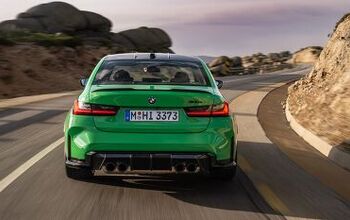

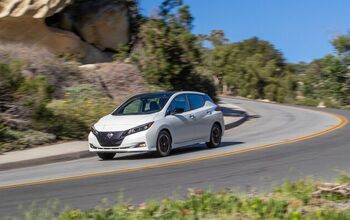
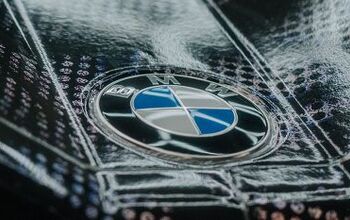
Comments
Join the conversation
P. J. McCombs, Message received and understood. Thanks.
I have to say that the best part of this thread is that it brings the Saab enthusiasts out of the woodwork. This has been a great read, thanks everyone.